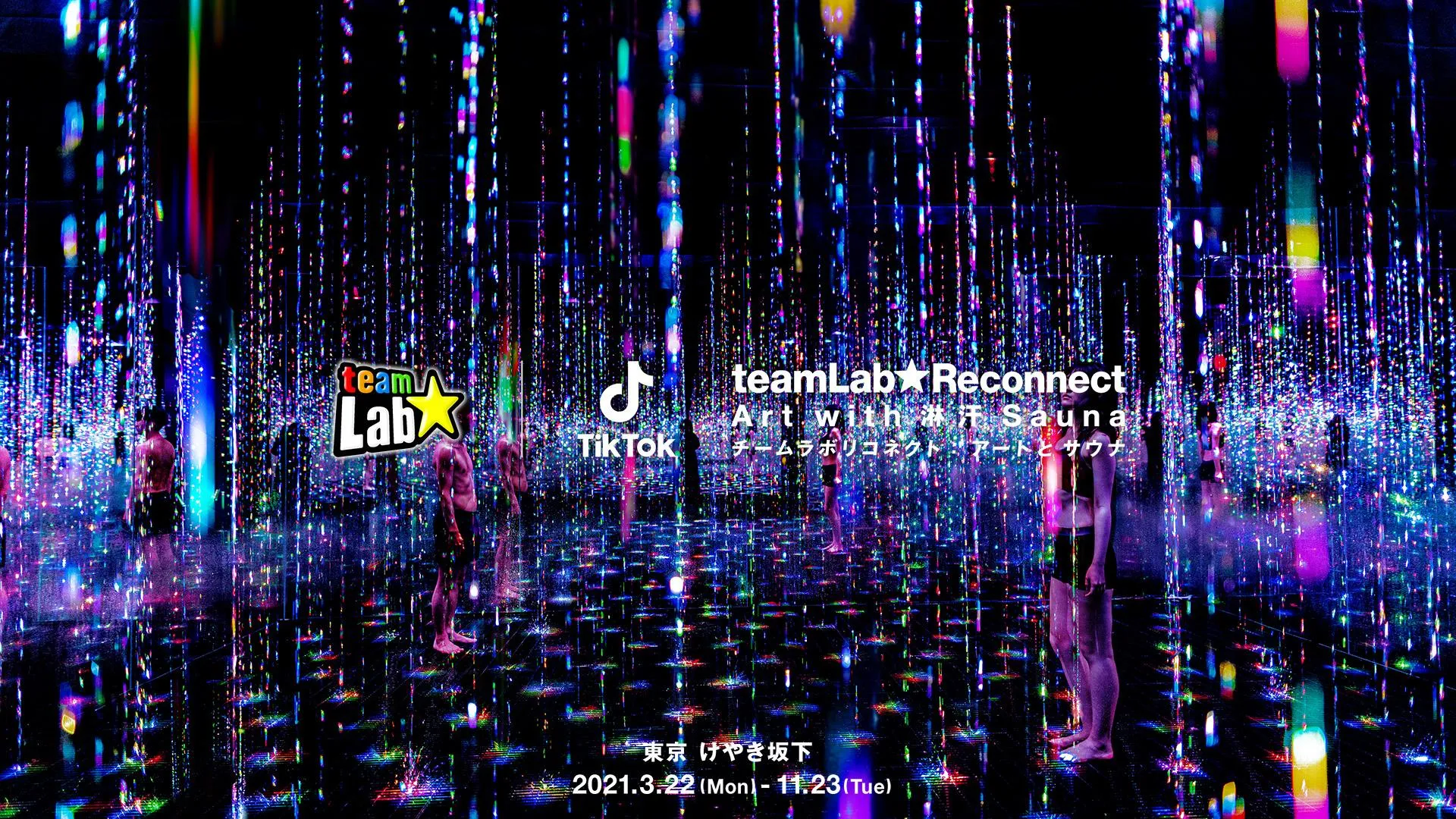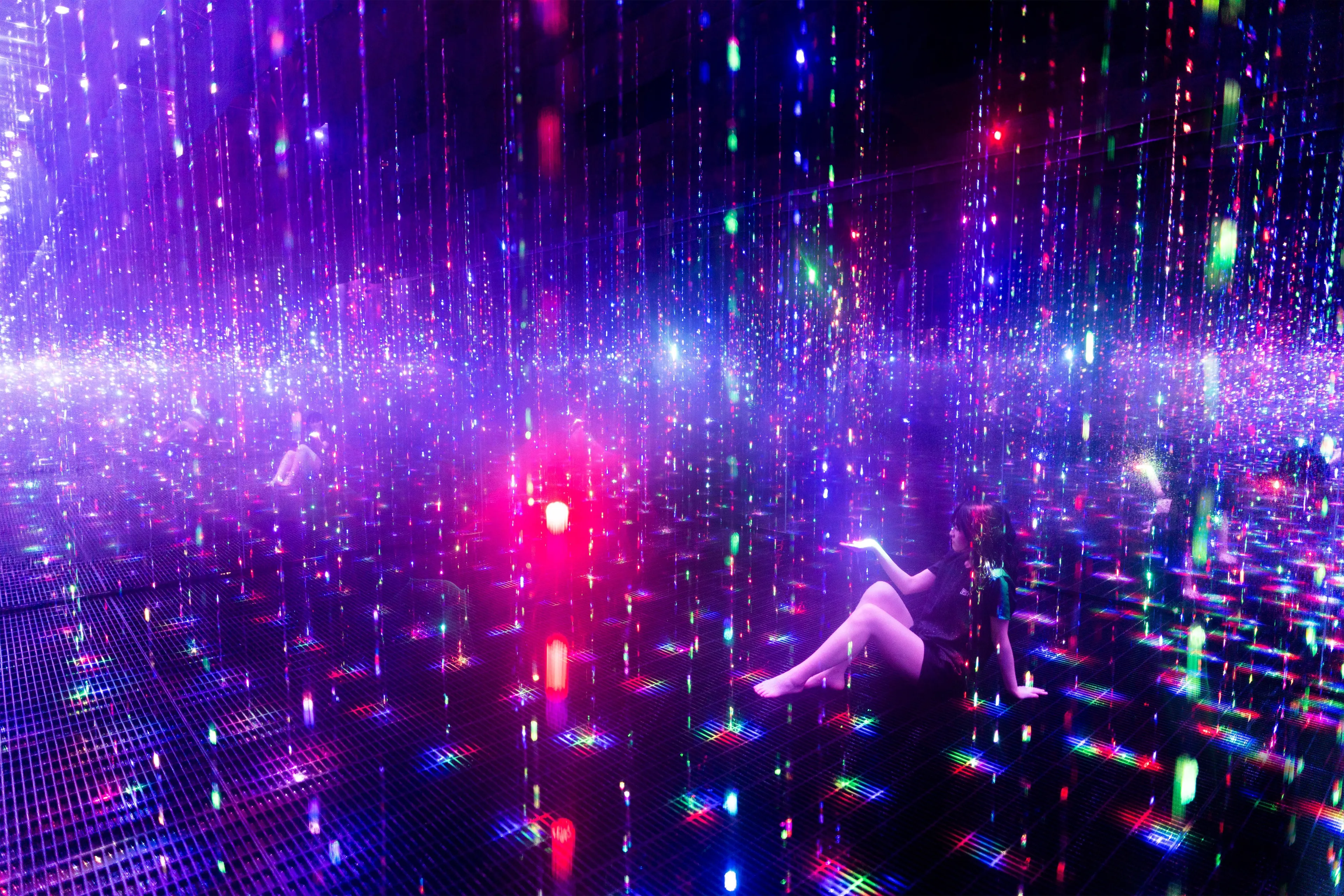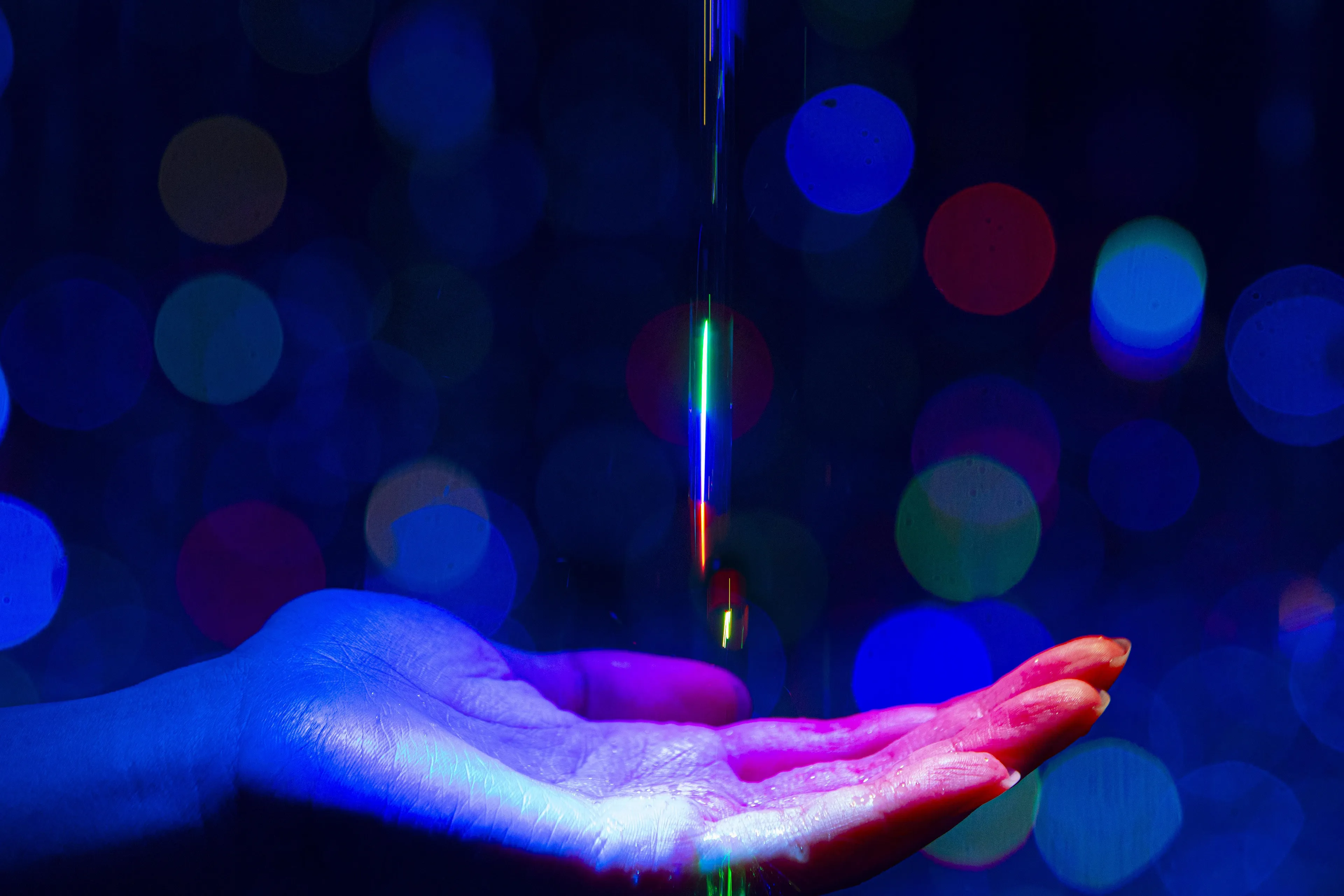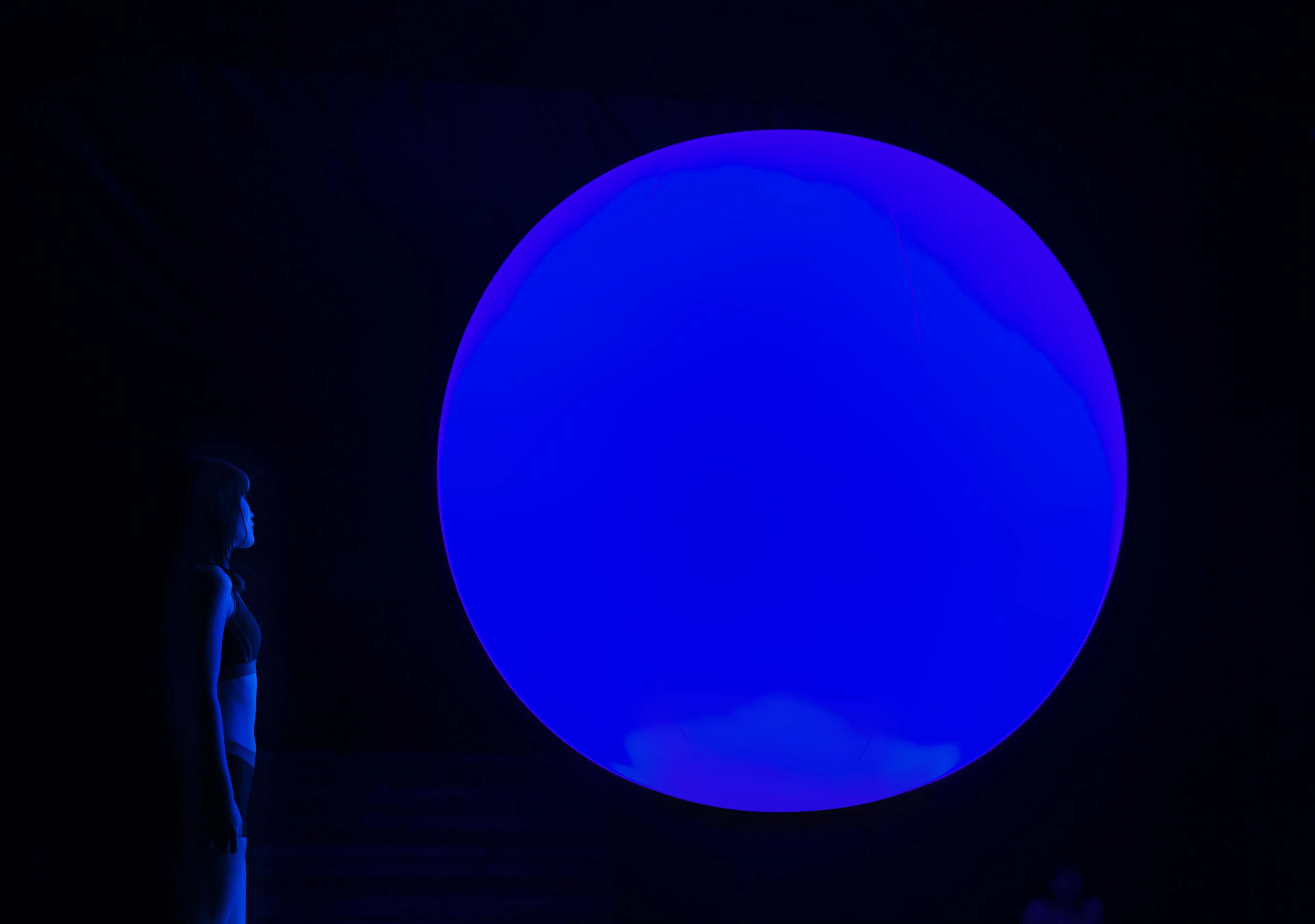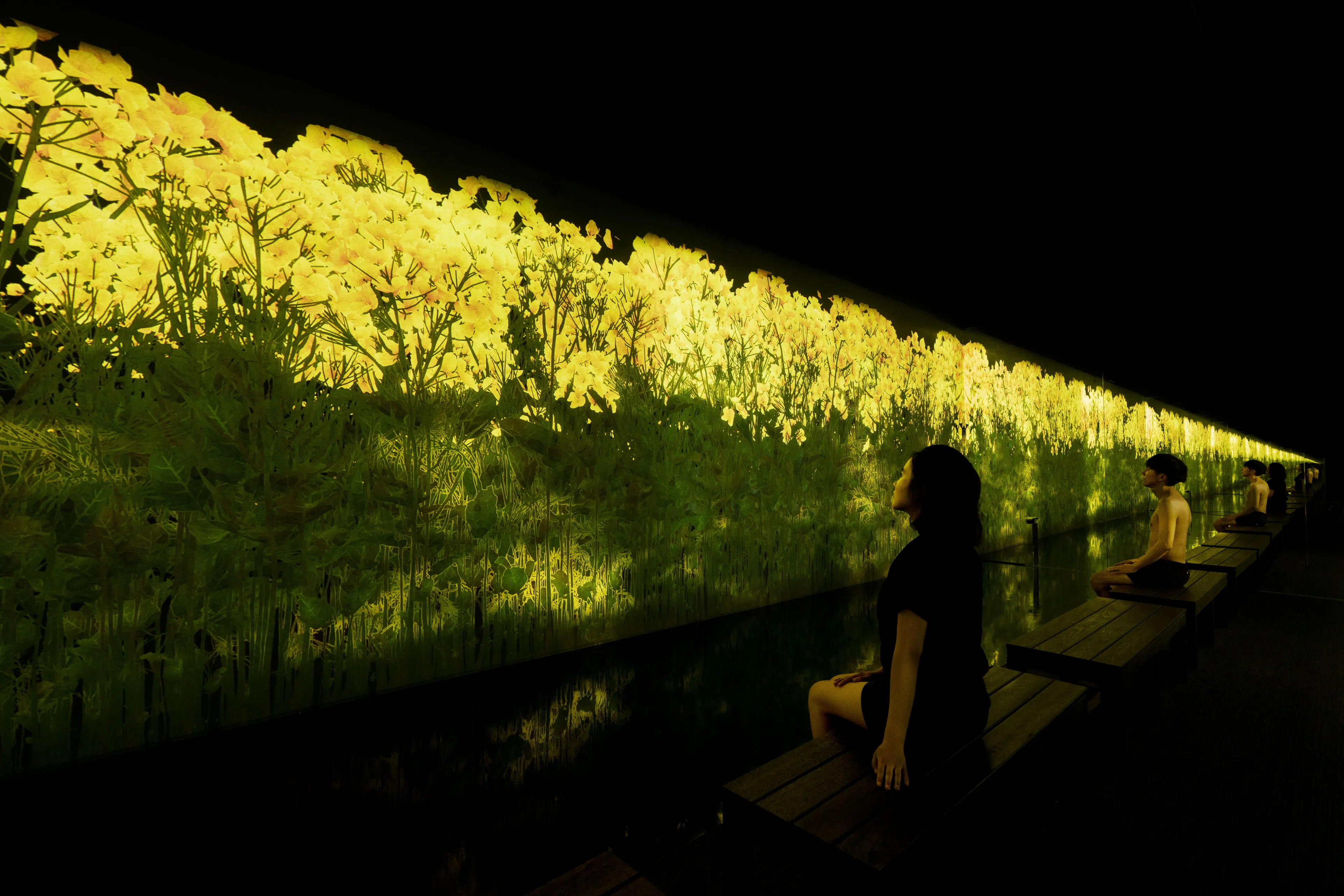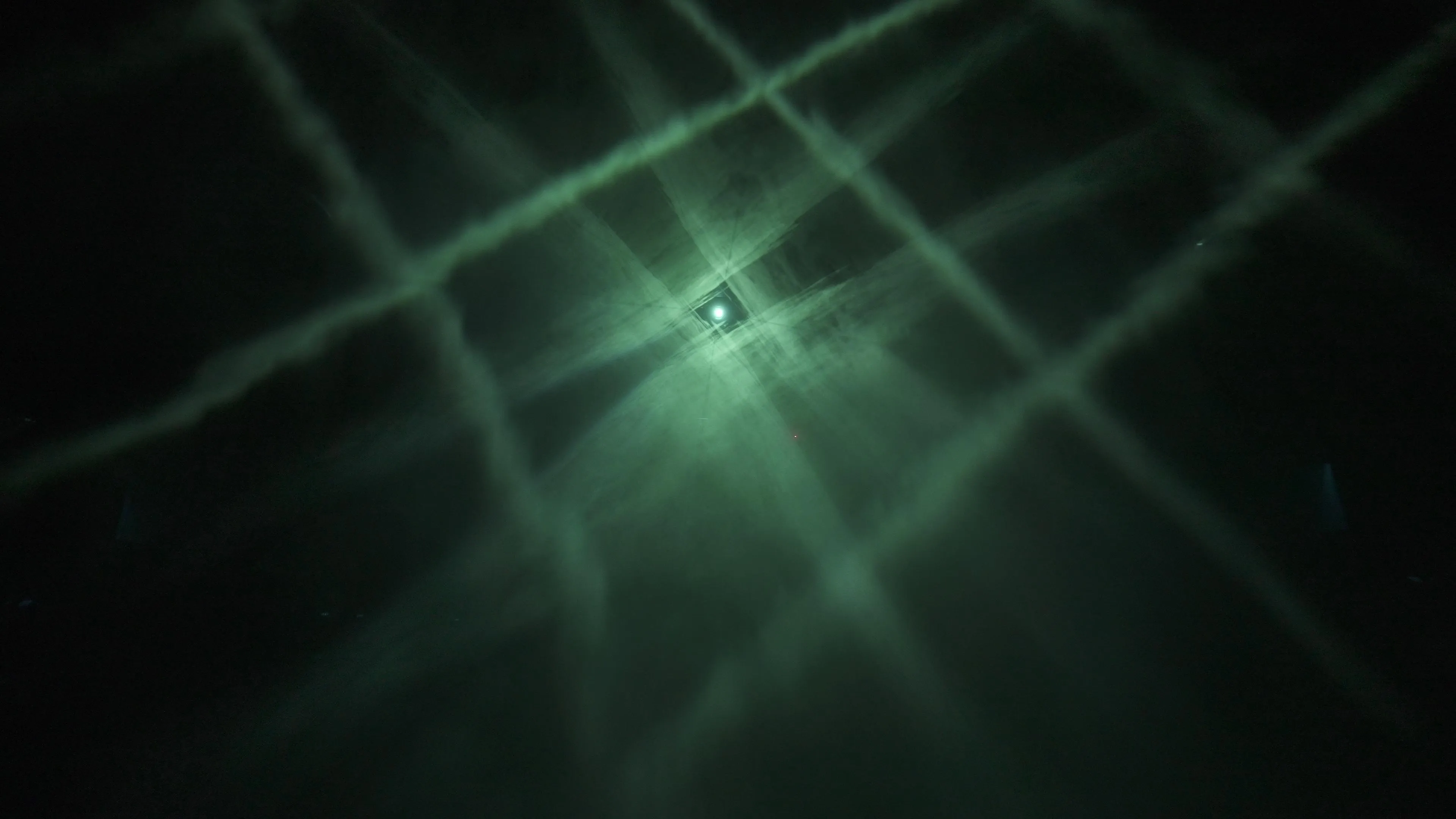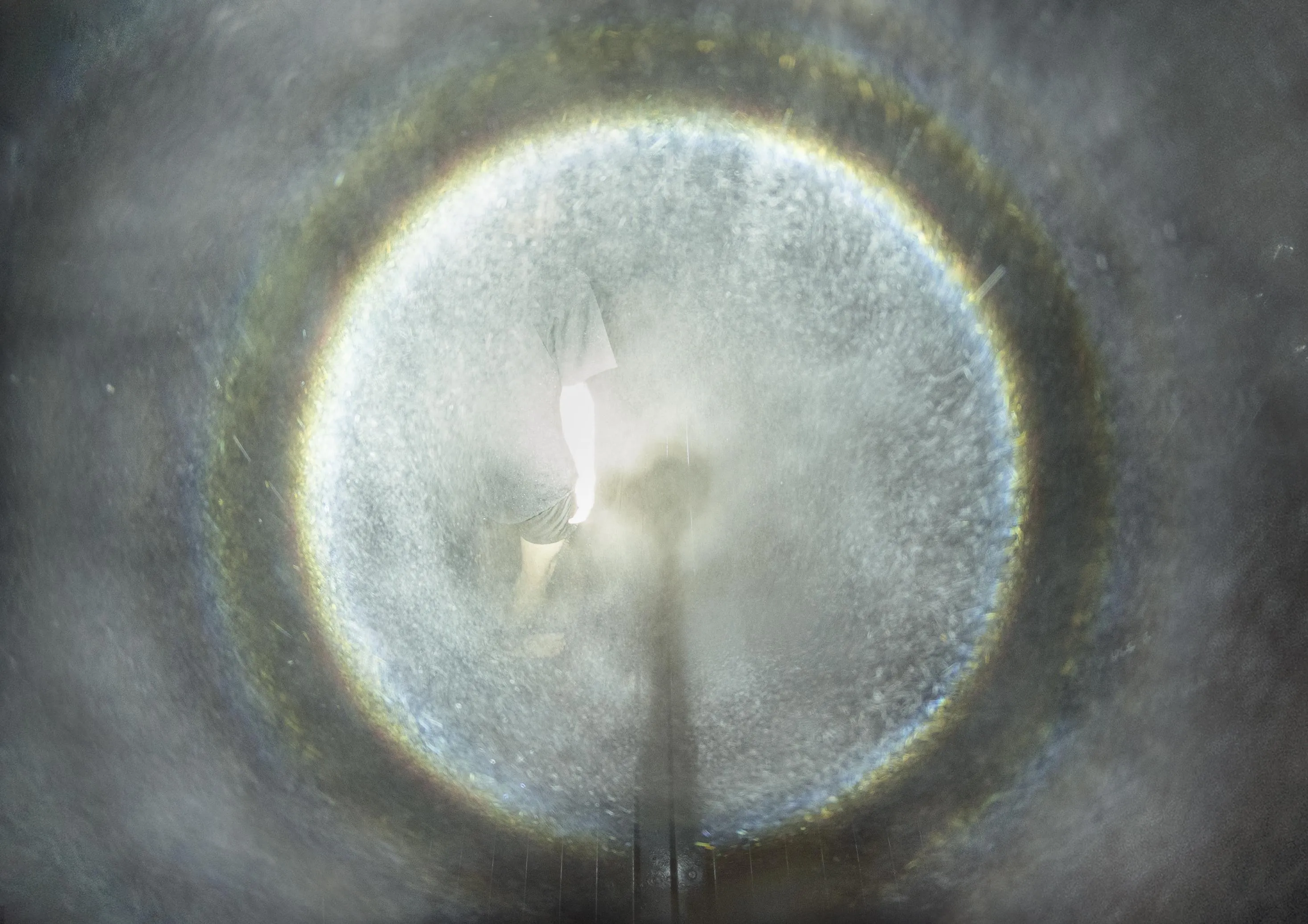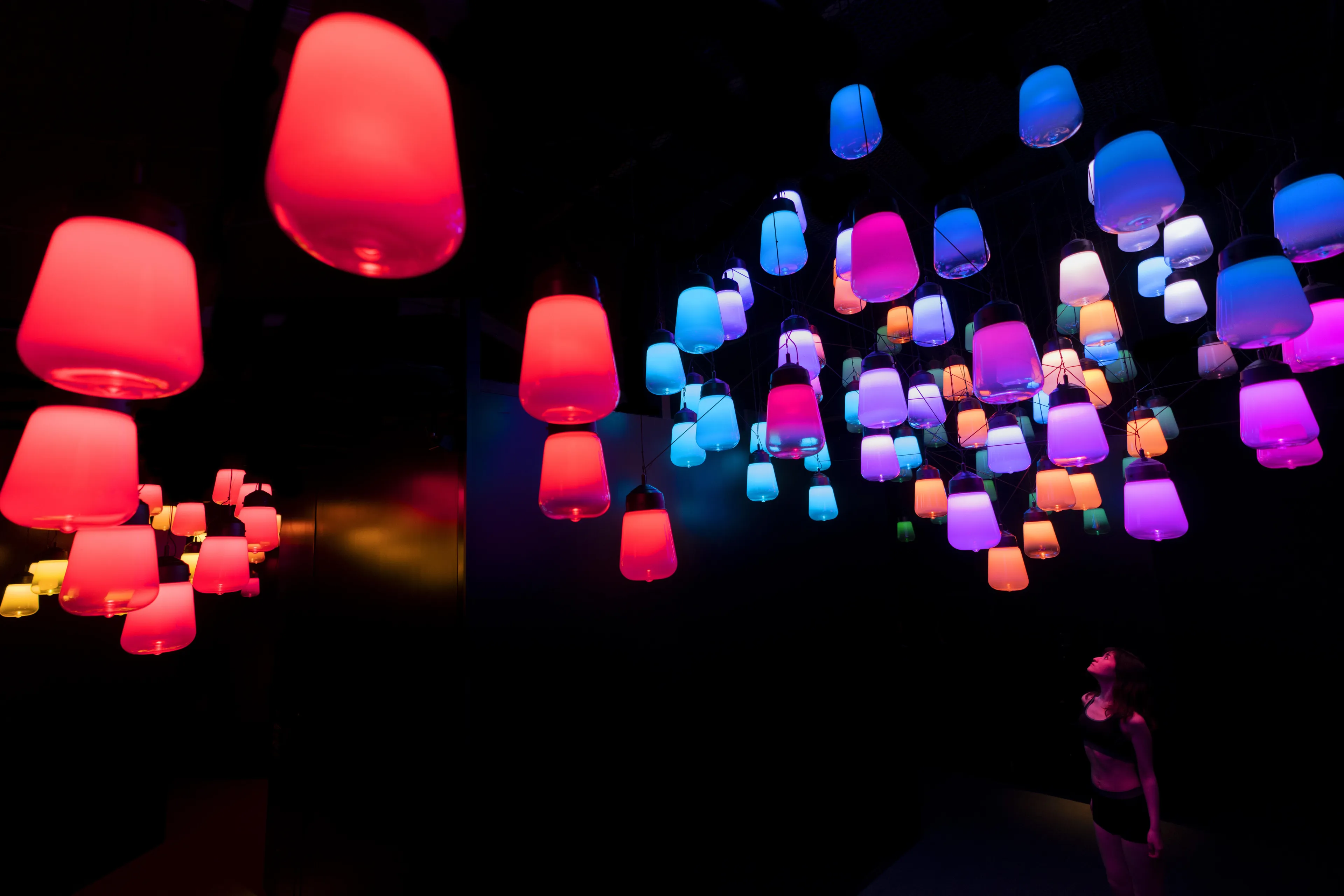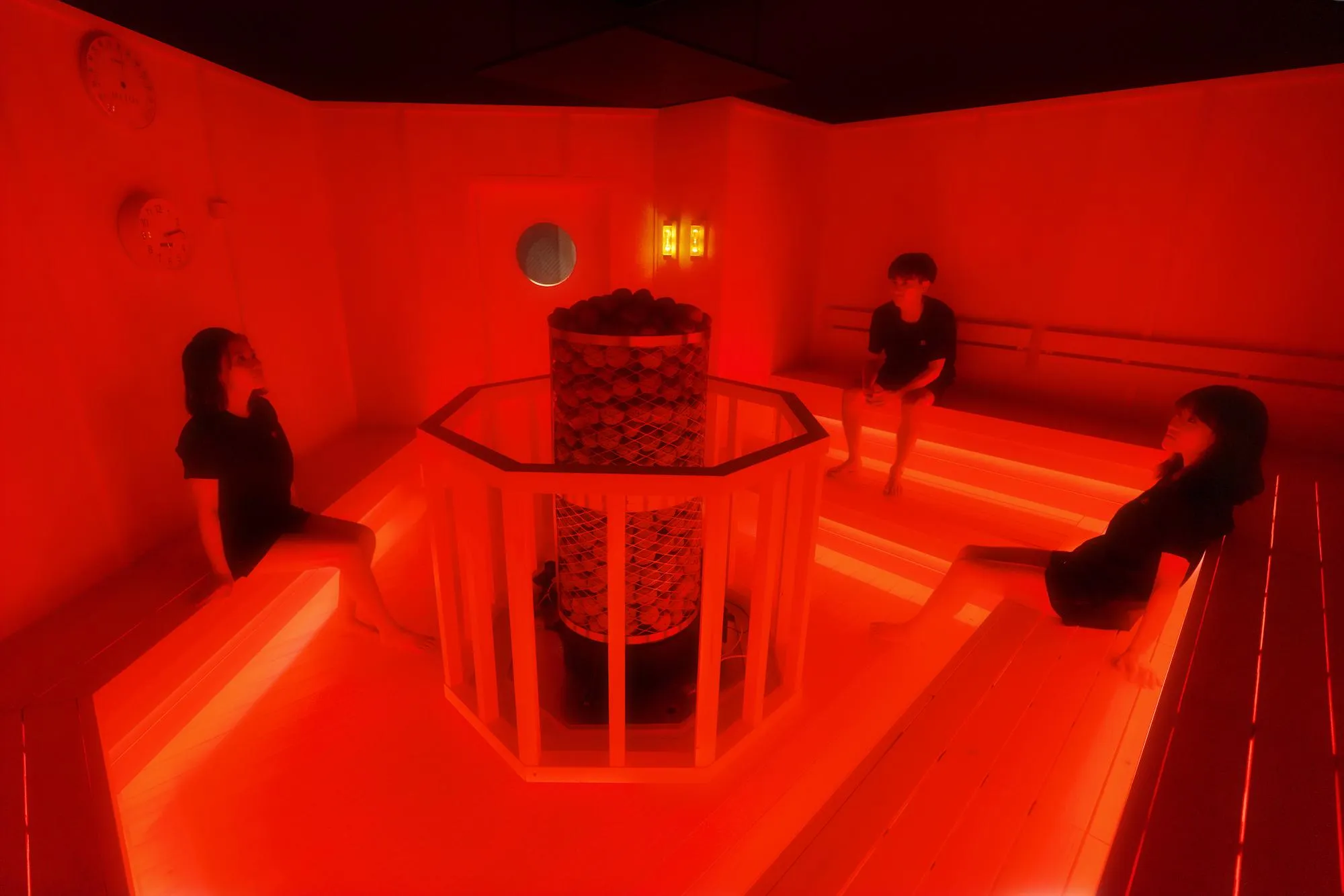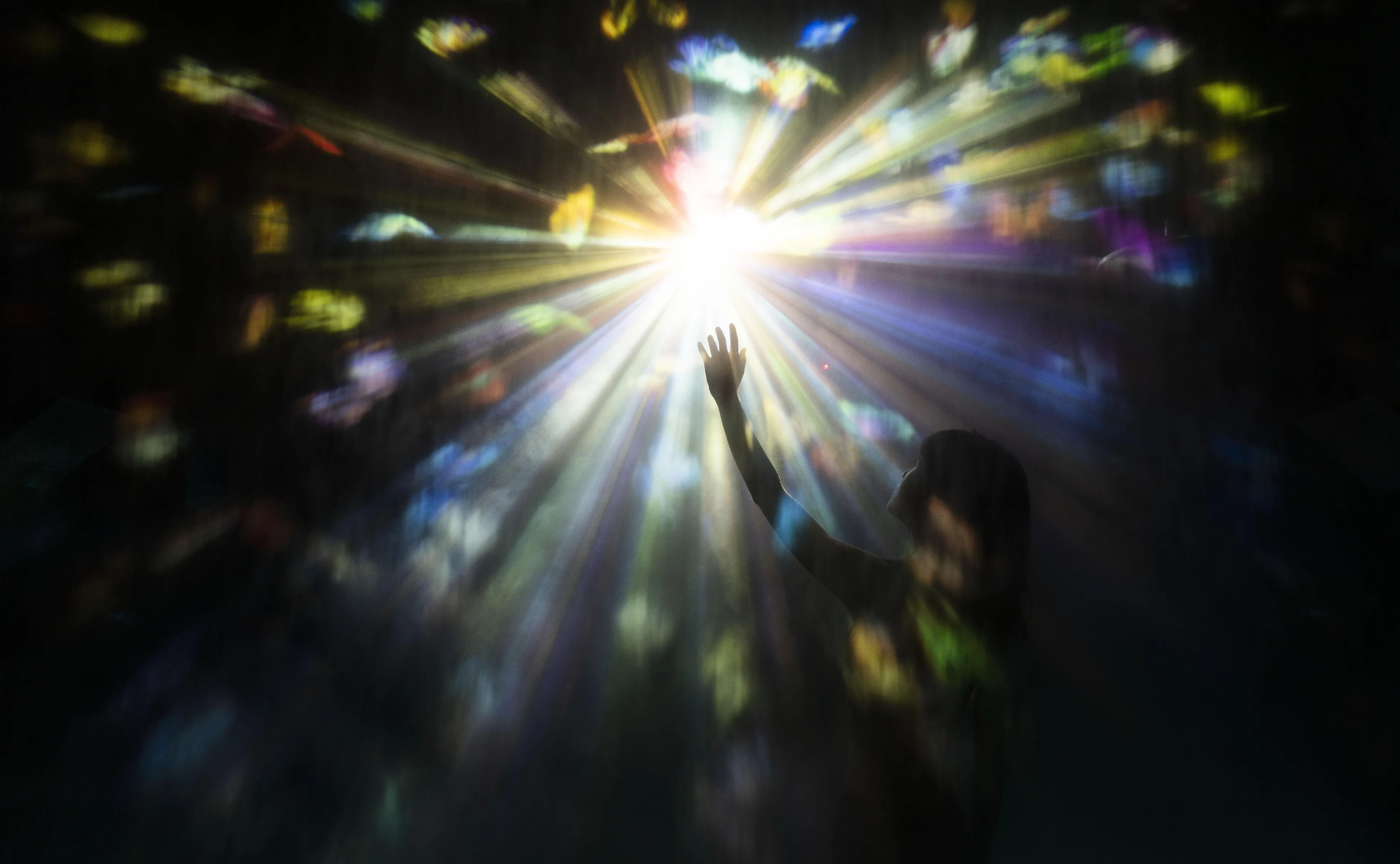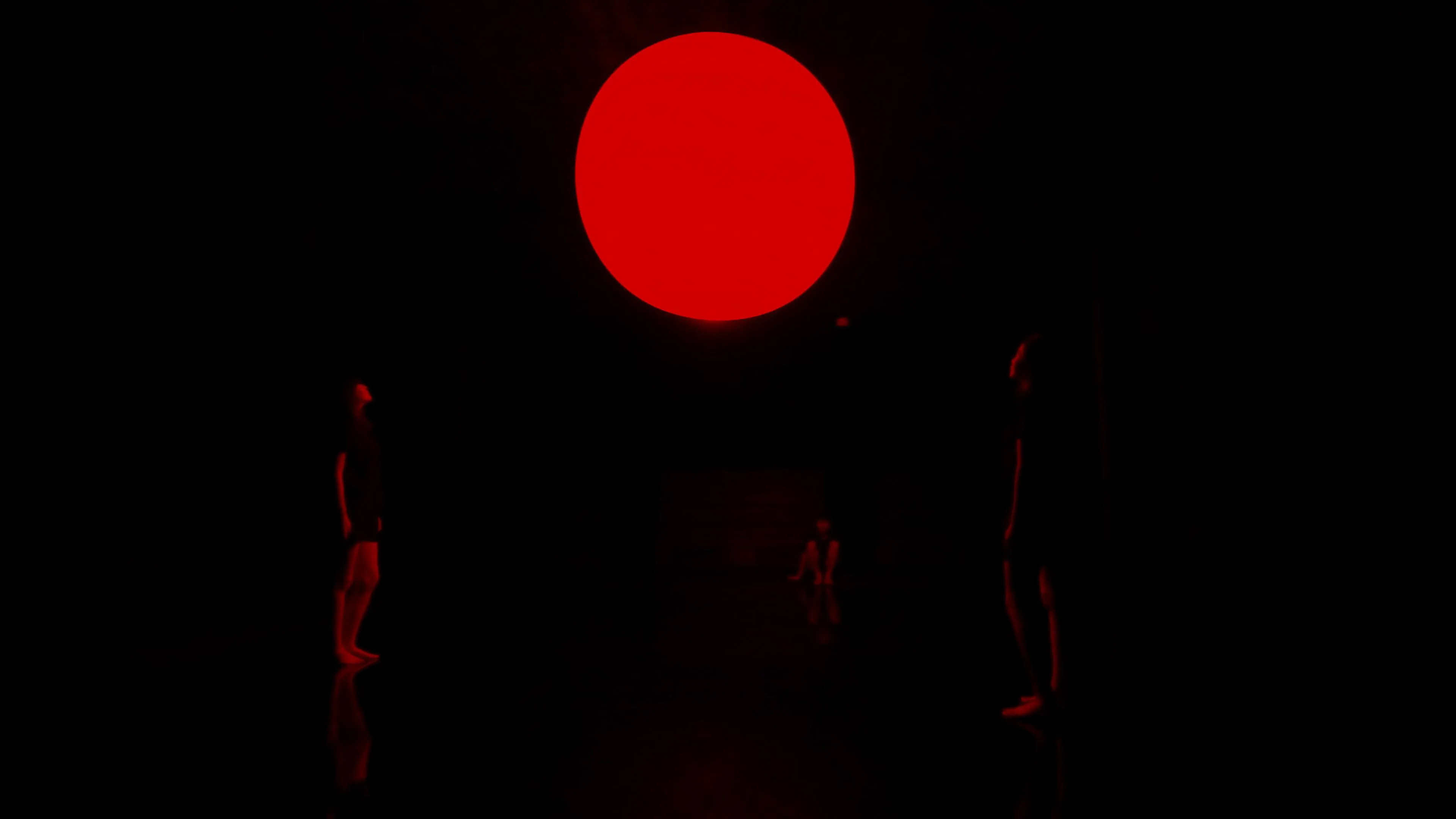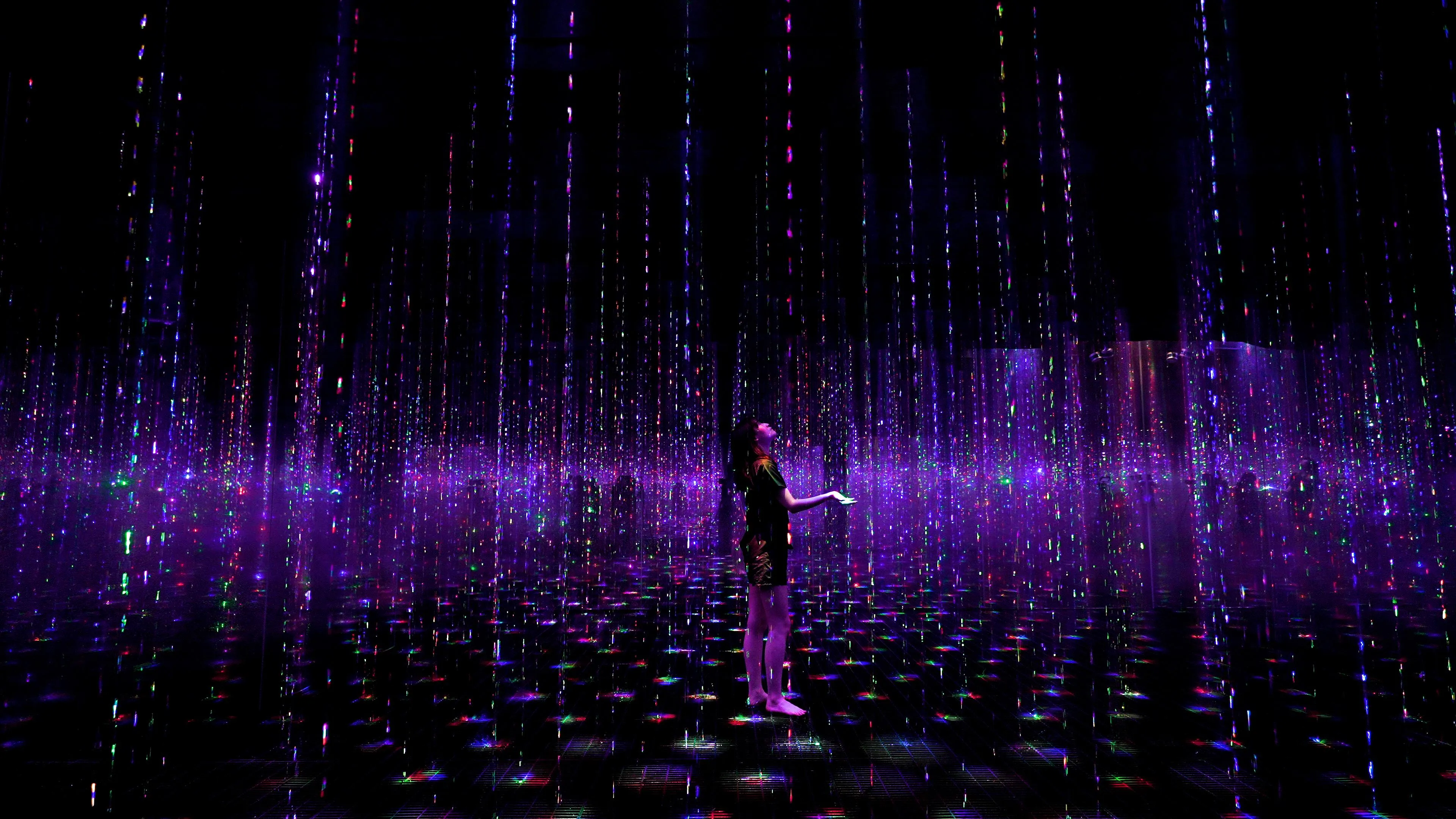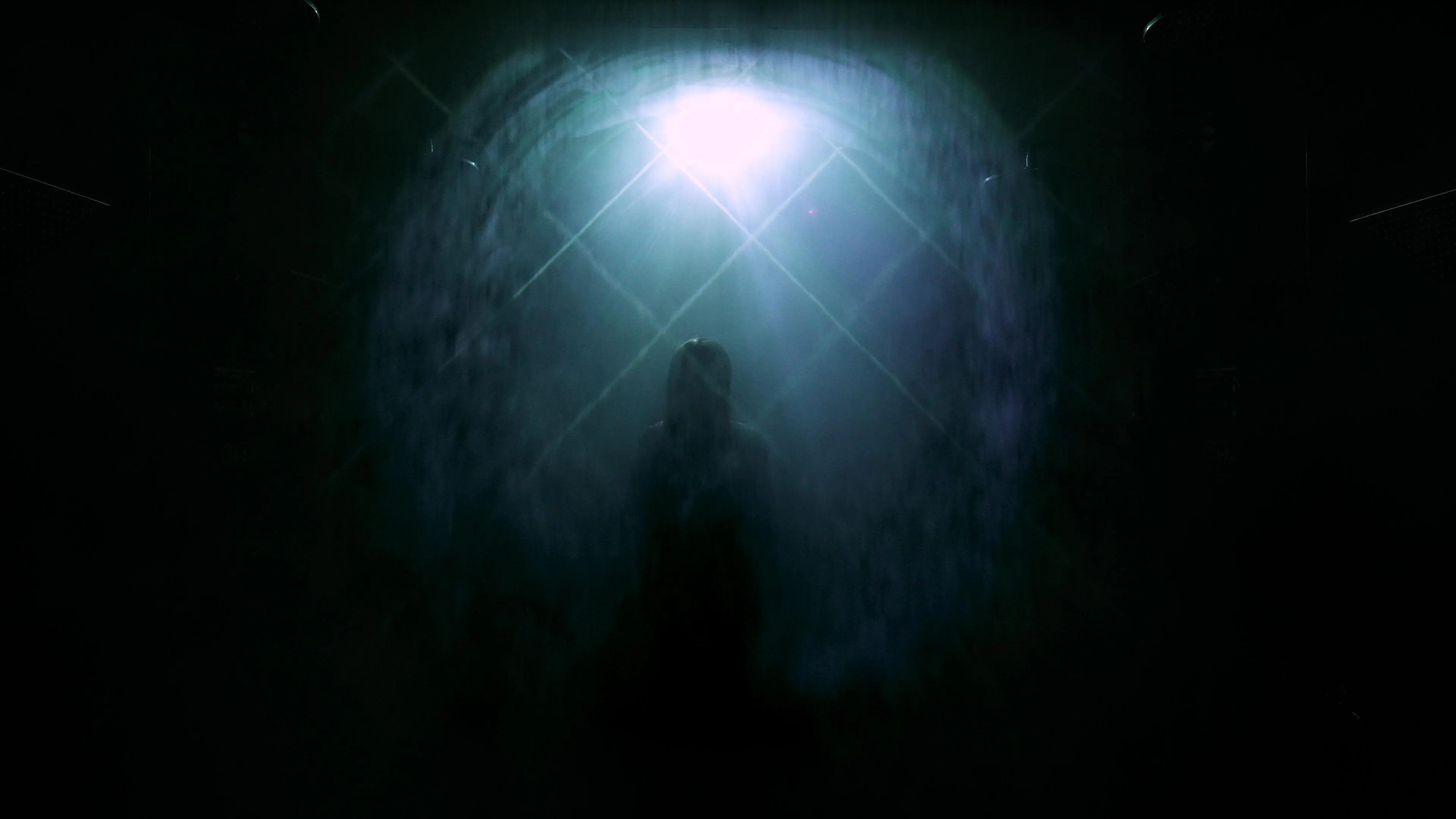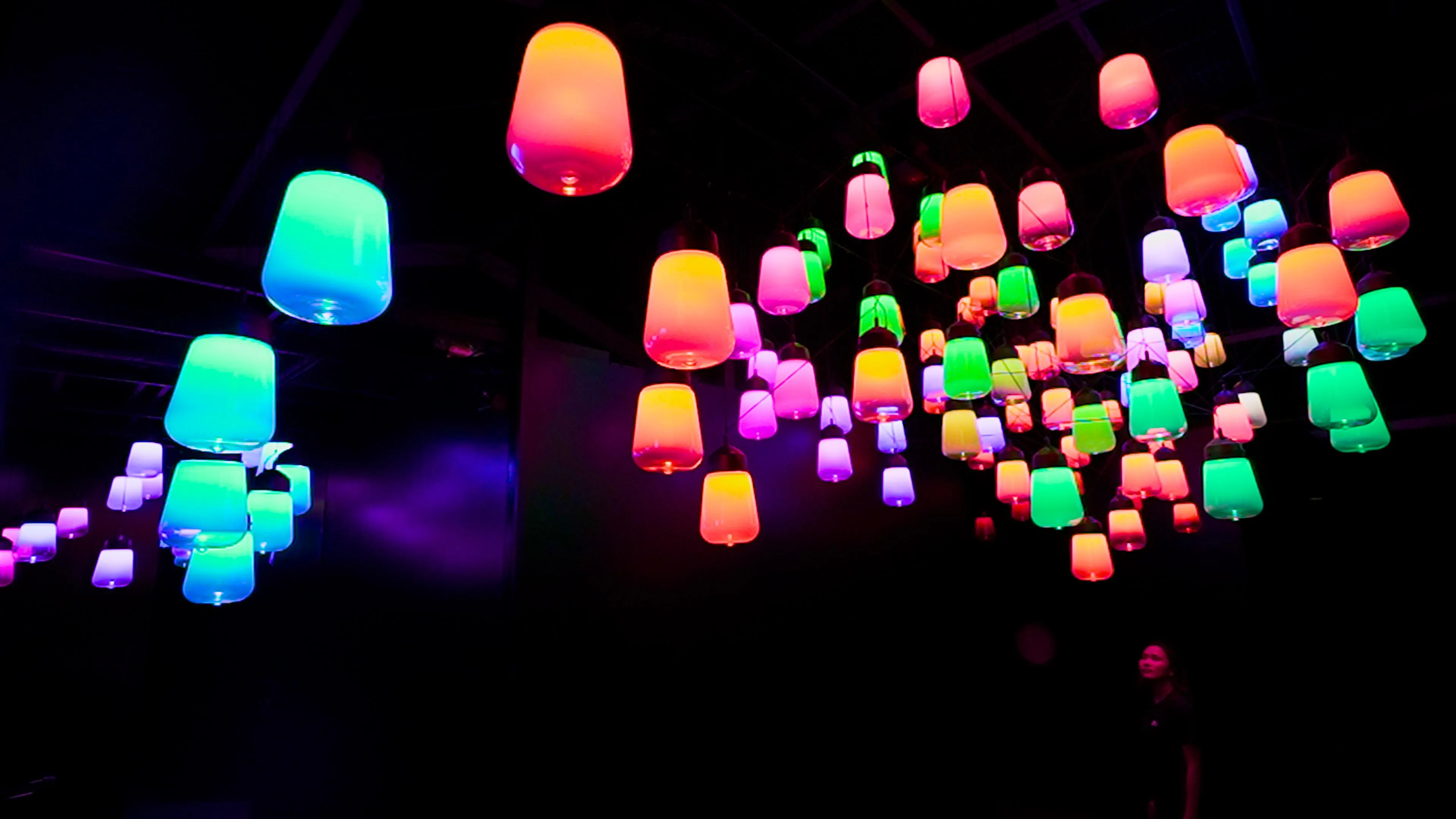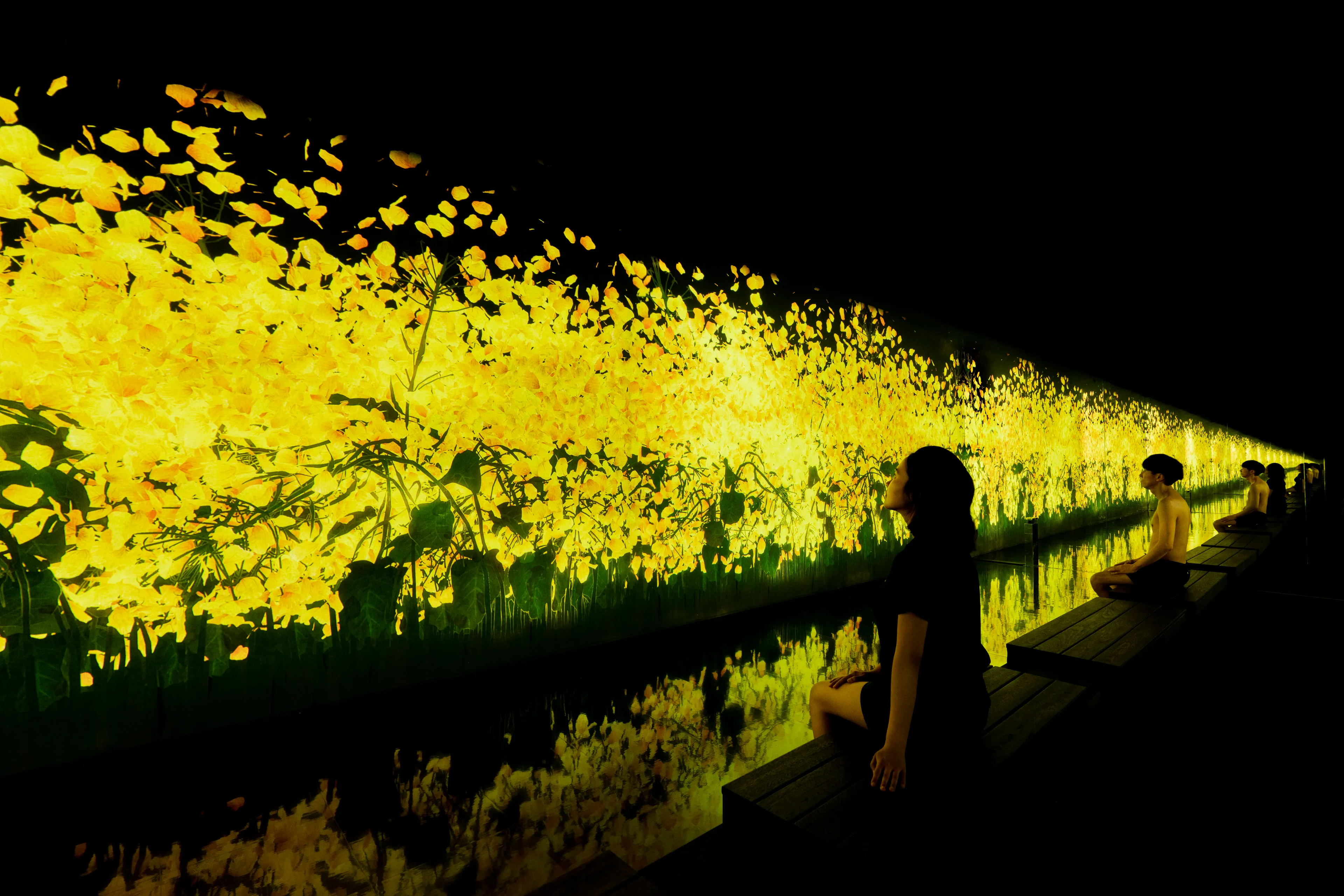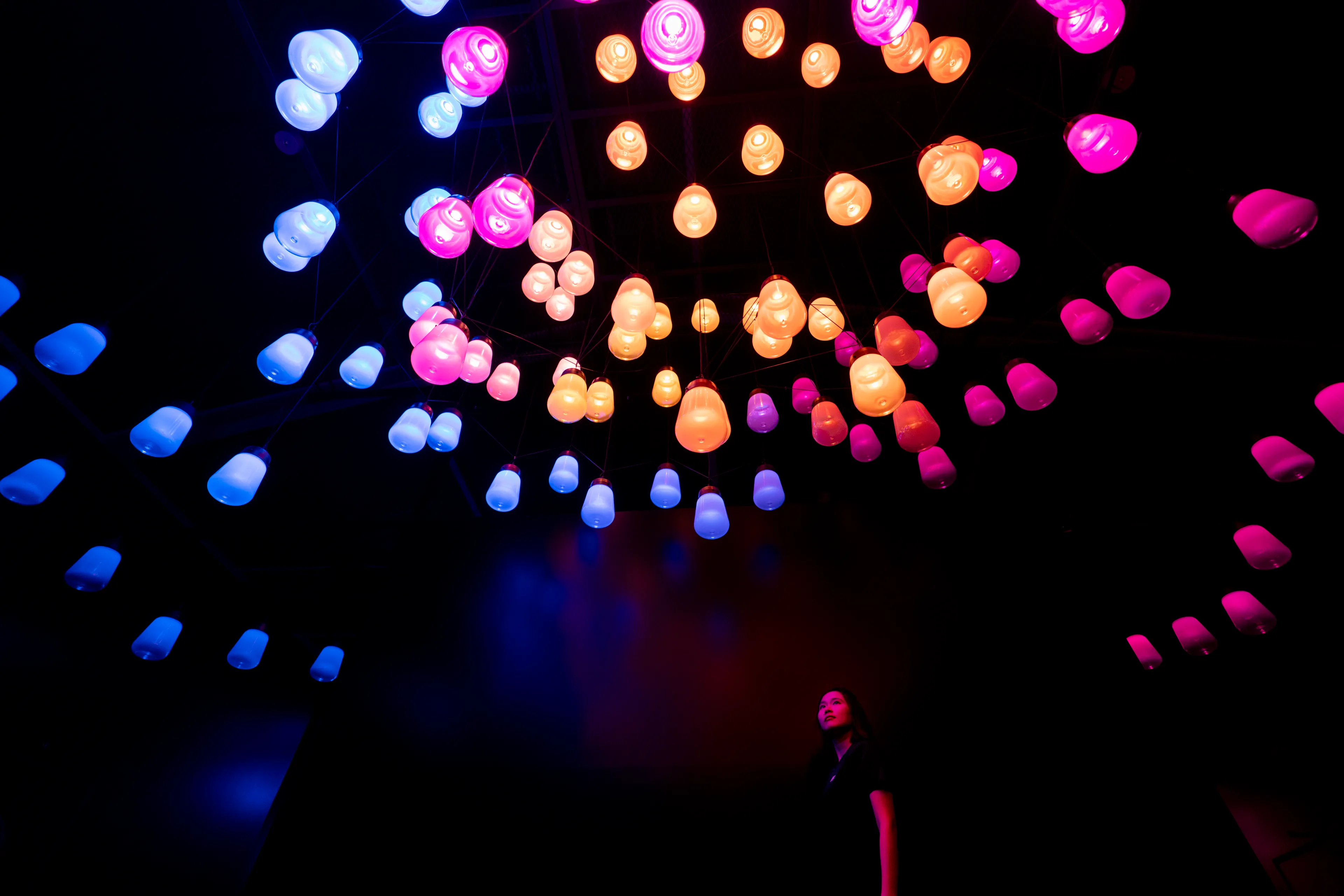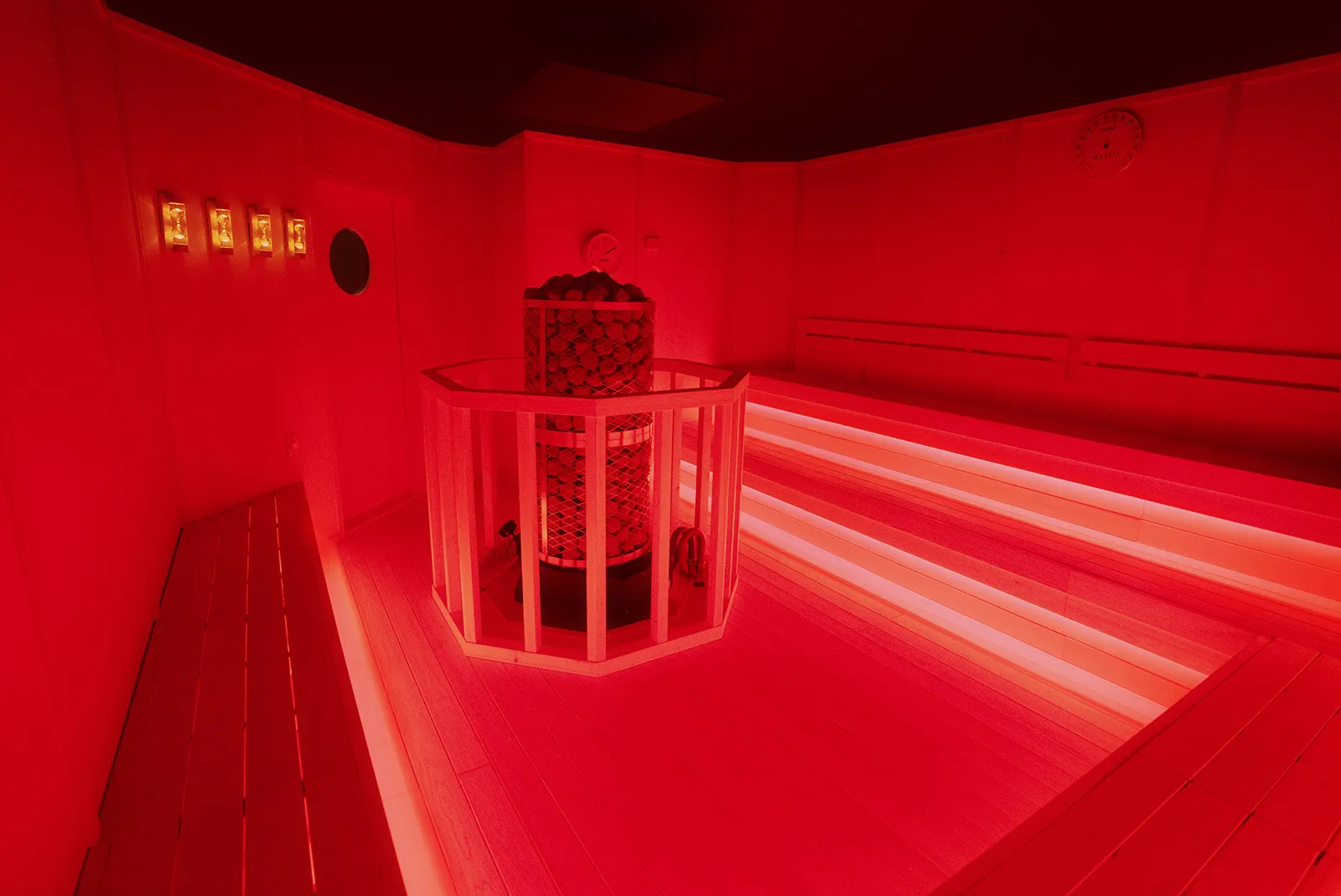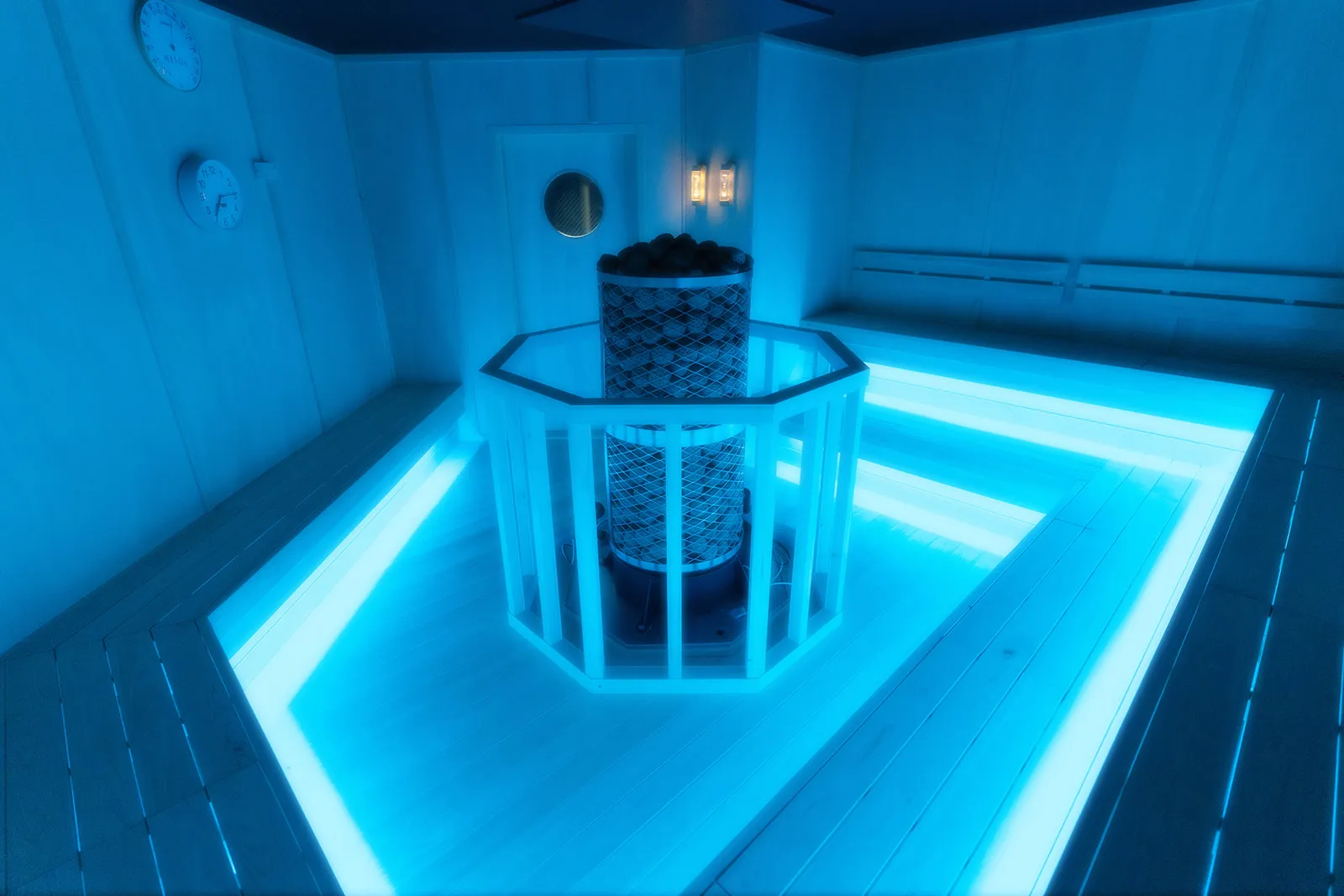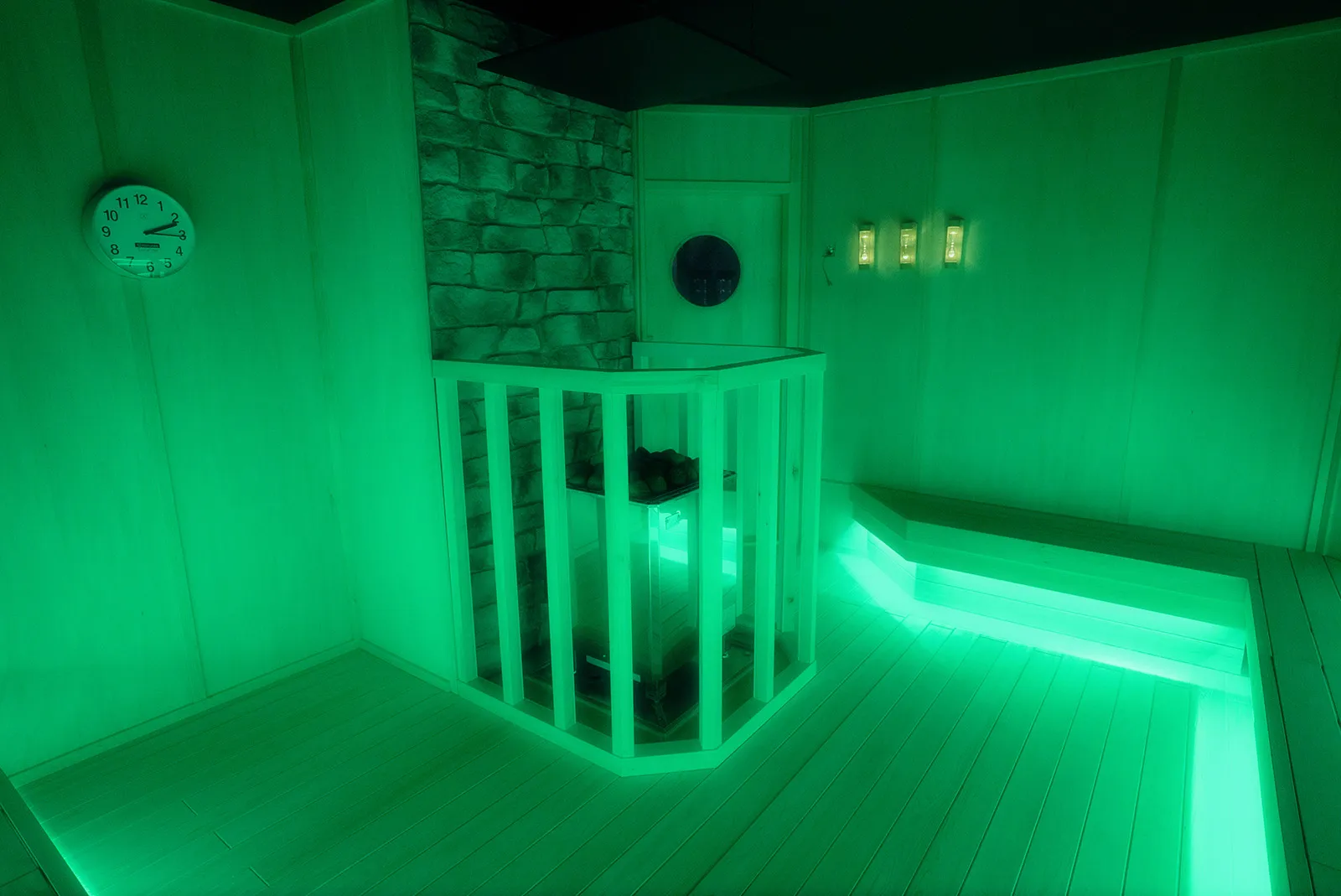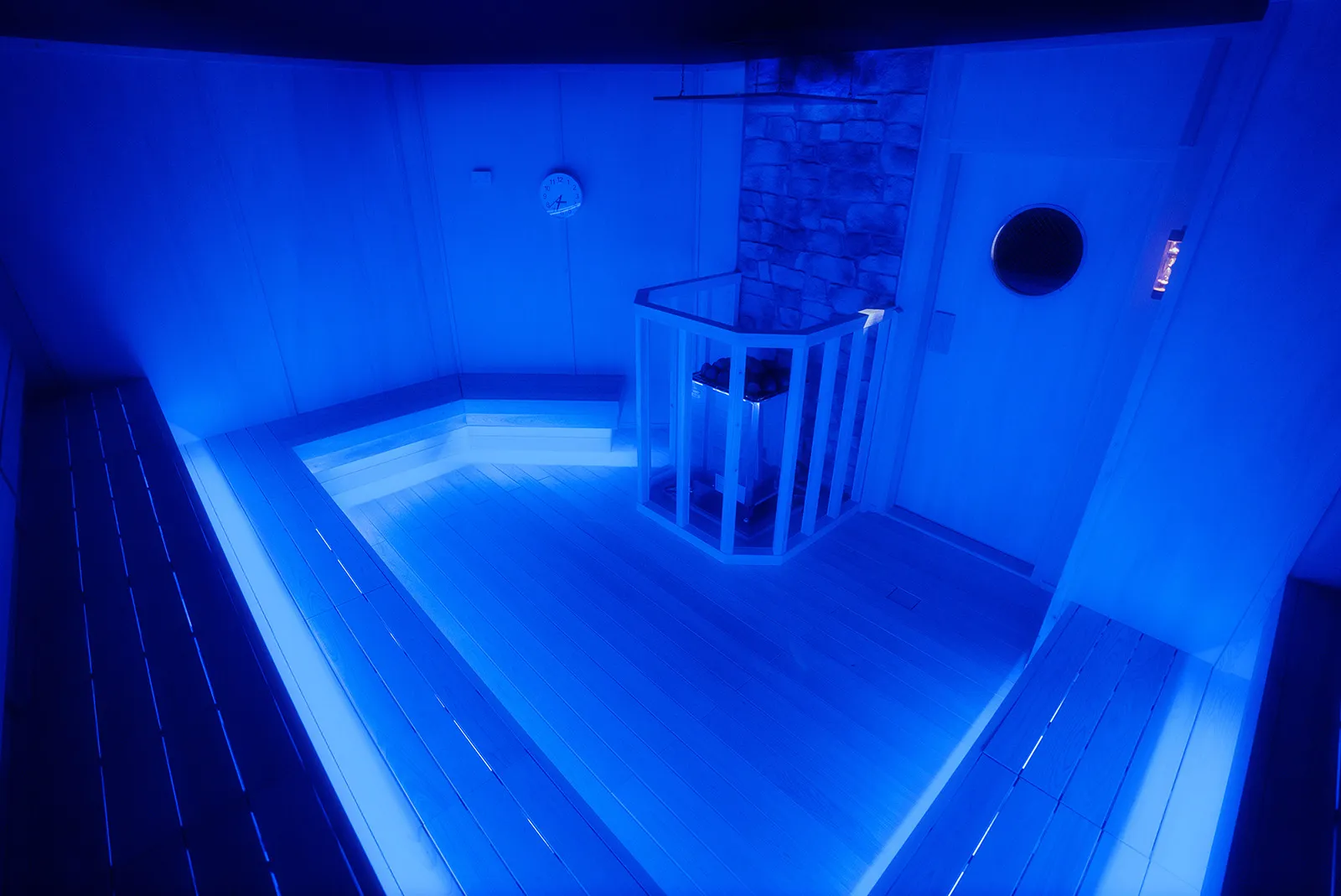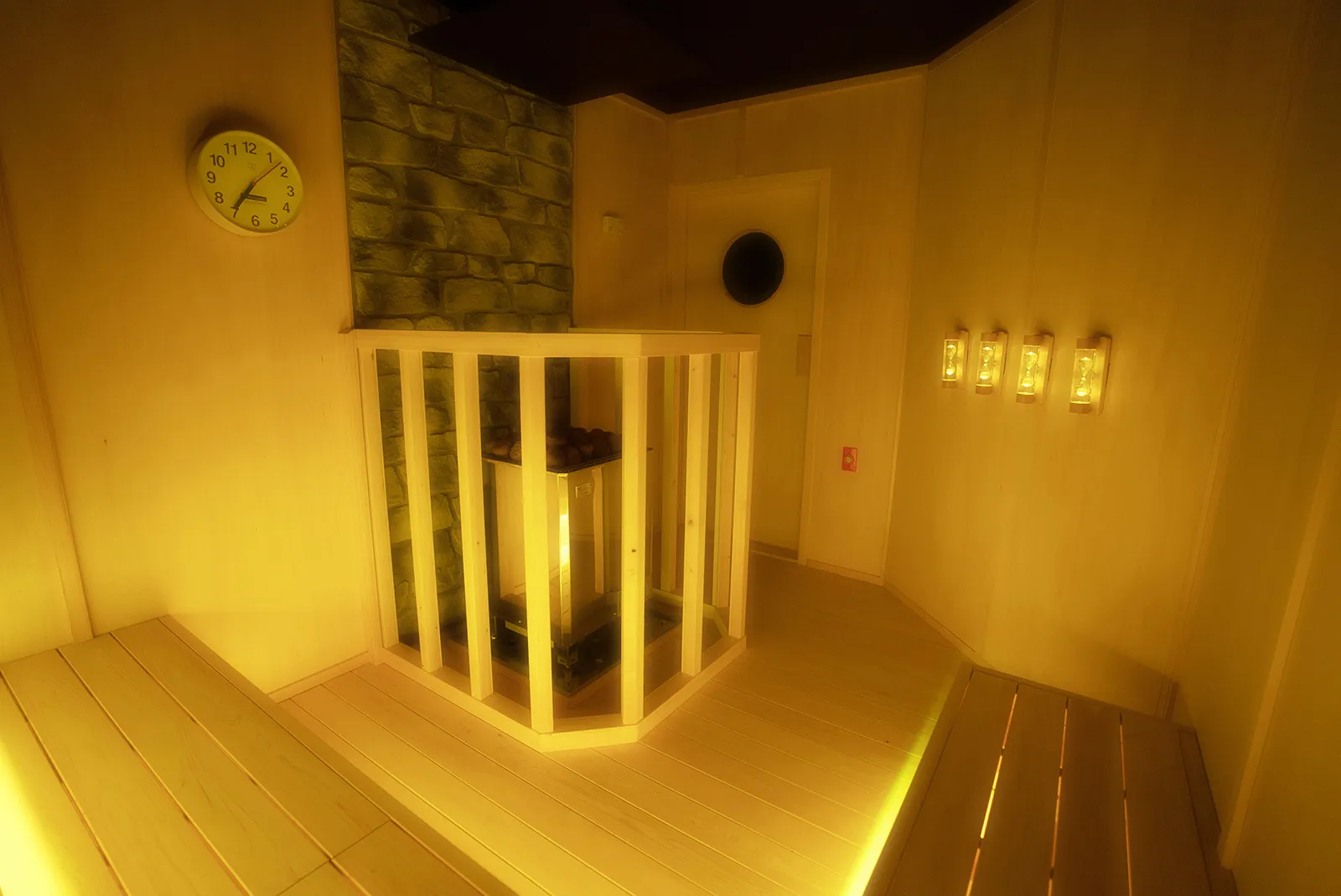展覽背景
從醫學角度了解"Totonou"
"Totonou"是什麼?
所謂 "Totonou",是指“熱水浴、冷水浴、休憩”的過程中,在冷水浴過後進行休憩時會感到與平常所不同的愉快的感覺。從醫學上講,這種情況是由於在熱水浴和冷水浴時,交感神經占主導地位,而盡管休憩時副交感神經占主導地位,但在交感神經占主導地位時所釋放出的腎上腺素、去甲腎上腺素與內啡肽的作用仍殘留在血液中,同時催產素和血清素也有所增加,從而導致了與通常有所不同的感受。
"Totonou"時會發生什麼?
為了更加了解這一現像,我們使用MEG(Magnetoencephalography)這一超高精度腦電圖檢測技術,分析了30名體驗者在桑拿前後大腦機能的變化,並觀察到了一個有趣的現像。 除了與人體放松狀態有關的α波被正常化外,在放松過程中常常被抑制的β波僅有位於大腦右側頂葉的一部分會被激活。大腦的右側頂葉負責包括空間和視覺感知、身體感覺與位置信息在內的所有的感官認知。這與桑拿愛好者的反饋是一致的,例如在"Totonou"時腦海中浮現了新的想法,或開始意識到平時沒有察覺到的聲音和氣味等等。此外,β波會因此而減弱。 由於β波的強弱與大腦的興奮程度成反比,因此當我們蒸完桑拿後,會發覺自己變得精神煥發,頭腦也感覺更加清醒。綜上所述,“Totonou”桑拿可以使人全身心深度放松,提高創造力,感官更加敏銳,頭腦更加清醒。可以說是一種類似於冥想的狀態。
"熱水浴+冷水浴+休憩"重復交替進行三次
我在測量自主神經系統的機能的實驗中發現,如果重復“熱水浴+冷水浴+休憩”的過程四組以上,升高的自主神經系統機能就會開始下降,有些人甚至會出現頭暈目眩的現像。因此我們建議上述組合最多重復交替進行3次。在體驗時請以自己的身體狀況為准,不要勉強。藝術與桑拿的歷史背景:淋汗茶會
In the middle of the Muromachi Period (1336 - 1573), a type of tea ceremony in which tea was served to guests after their baths was called rinkan-chanoyu (rinkan sauna and tea ceremony). Much like with shoin-cha (decorative tea time), paintings, incense burners, vases, and hanging scrolls were displayed in the bathing rooms, and it is said that many spectators came to watch toucha (tea-tasting games) after bathing.
Rinkan-chanoyu was a widely-practiced basara (eccentric hobby) in Japan, particularly at the Kofukuji Temple in Nara.
In those days, a bath was a steam bath, or what we would today call a sauna, in which water is poured over heated sauna stones. People in Japan have long enjoyed the acts of viewing art in a sauna and drinking tea as a cultural pastime.
The term basara refers to the social and cultural trends in the middle ages in Japan, mainly during the early Muromachi Period (the Nanboku-cho Period). It was an aesthetic of meritocracy, one that disregarded the status quo, belittled, ridiculed, and rebelled against the authority of those noble in name alone, and instead favored extravagance, flamboyant behavior, and chic clothing. This storyCulture was also the seed of the later revolutions in the Warring States Period.
It is said that Murata Juko (1422 - 1502), the teacher’s teacher of Sen no Rikyu (1522 - 1591) and the inventor of wabi-cha (tea ceremony), was also enamored with rinkan-chanoyu when he was young. He later studied under the Japanese monk Sosun Ikkyu at Daitokuji Temple, reached a state of chazenichimi (the realization that tea ceremony and Zen are one), and created wabi-cha. Then, the brothers Furuichi Choei and Furuichi Choin, who were main figures of rinkan-chanoyu, became disciples of Murata Juko, and rinkan-chanoyu became wabi-cha.
現代桑拿熱潮的文化背景:漫畫與SNS(社交網絡)
在桑拿熱潮之前,人們潛移默化地繼承了一種特殊的冷熱交替沐浴狀態。這種狀態通過SNS(社交網絡)的傳播,逐漸被稱為"Totonou",並且通過漫畫的形式將“Totonou”的含義,方法步驟以及過程等內容進行來可視化傳播,從而讓很多人體驗到了 "Totonou",也因此使很多人成為了桑拿的粉絲。在過去的10年中,也許正是上述現像的發生造就了現代桑拿熱潮吧。
*衷心感謝田タナカカツキ(Tanaka Katsuki)及濡れ頭巾ちゃん(Nure zukin-chan)為本文的撰寫提出的寶貴建議。
Inference of Connection of Sauna Trance with Japan's Infrastructure and Cultural: Public Baths and Water Baths
When did the sauna trance method of bathing, which has been implicitly inherited by sauna lovers, begin?
The Japanese steam bath was replaced by the modern bathing in hot water baths in the mid-Edo period (early 17th century). The modern sauna was introduced to Japan from Finland around the time of the 1964 Tokyo Olympics. In Finland, there are many lakes, and in saunas near lakes people do jump into the cold lakes, however, saunas in the city do not always have cold water baths.
So when did saunas in Japan start to always include a water bath? In fact, it is believed that water baths existed in public baths long before saunas. If you were born in the countryside in Japan, you may have been told by your grandfather to "pour cold water over yourself" at the end of a bath.
The story of pouring cold water over yourself after a steam bath appears in the collection of medical essays by the court physician of the late Kamakura period (late 13th century), Tomotoshi Koremune, in his book "Idansho" (one of the oldest essays by a physician in Japan). Since the days of the steam bath, cold water has been poured over the body after a steam bath. This may have something to do with misogi, the ancient Japanese Shinto ritual of purifying oneself by bathing in waterfalls and rivers. Even today, this is done at shrines at its chozu-ya pavilion which contains a large water-filled basin. Since the Nara period (8th century), when public baths were built, people have been pouring cold water over themselves after steaming baths. At the very least, the alms baths created in the Nara period were replaced by hot water and remained in the city as public baths called sento, and the pouring of cold water over oneself was somehow replaced with water baths. The practice of alternating hot and cold baths may have been implicit for more than a thousand years. This may have been the infrastructure and cultural foundation that led to the development of totonou (sauna trance) brought about by alternating super hot and cold baths.
